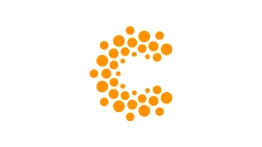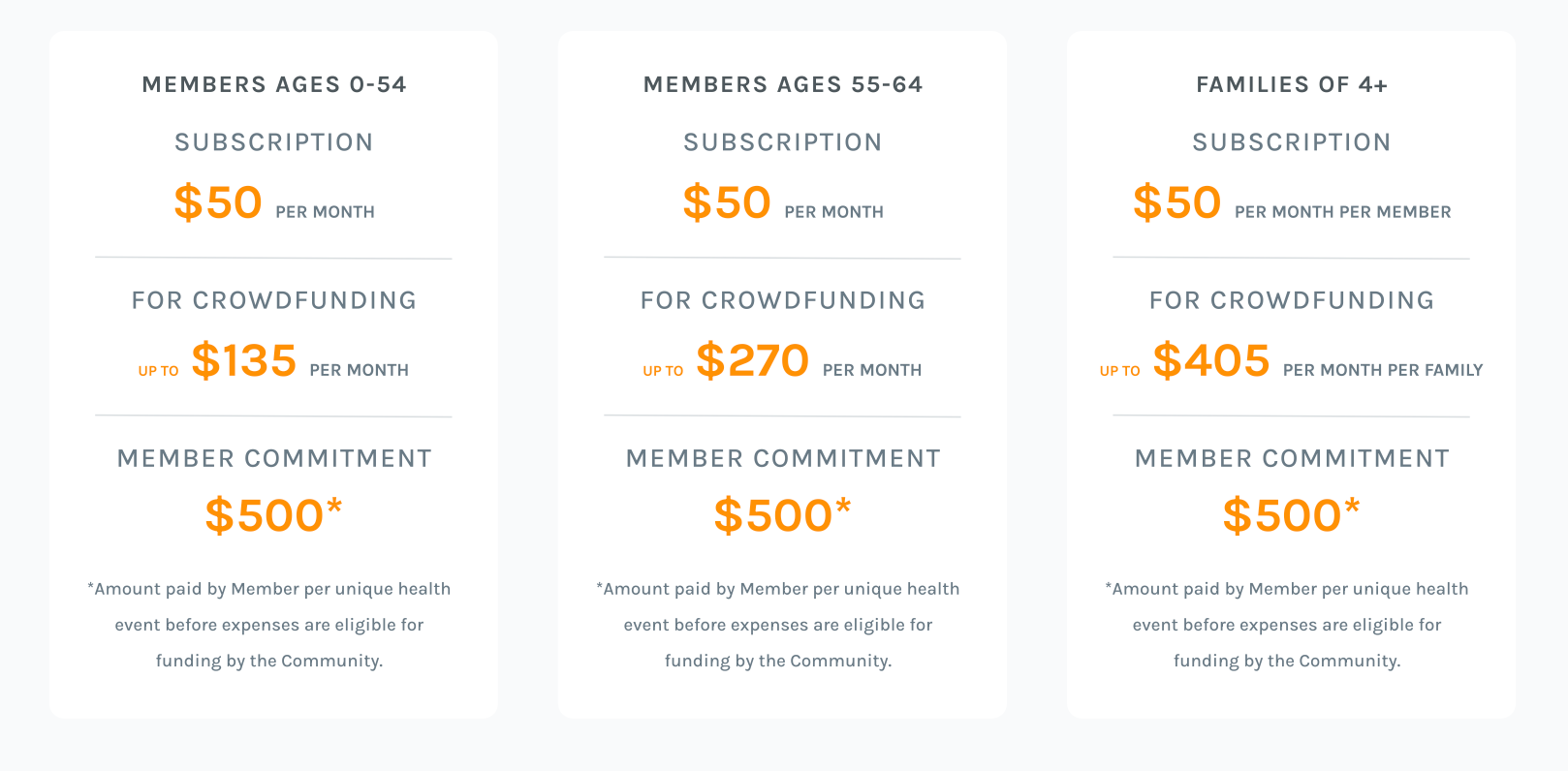

The healthcare landscape is facing an unprecedented challenge, with costs expected to climb between 5.4% and 8.9% this year alone. In 2023, the burden of health insurance for employers surged past $15,000 per employee, disproportionately impacting smaller businesses. This financial strain intensifies the necessity for innovative approaches
The healthcare landscape is facing an unprecedented challenge, with costs expected to climb between 5.4% and 8.9% this year alone. In 2023, the burden of health insurance for employers surged past $15,000 per employee, disproportionately impacting smaller businesses. This financial strain intensifies the necessity for innovative approaches to curb these escalating expenses and enhance employee benefits simultaneously.
Healthcare spending has consistently escalated, outpacing inflation and economic growth. This trend poses significant challenges for both employers and employees. For businesses, rising costs translate into higher operational expenses, whereas for employees, it means increased premiums and out-of-pocket costs. The competitive job market further complicates this as businesses strive to offer attractive benefits without financial detriment. It is a loss-loss for both sides of the table. There are no winners here. Let's jump into the six things you could do to help reduce costs.
Virtual healthcare platforms have revolutionized how medical advice and consultations are delivered. They offer a cost-effective alternative to traditional healthcare delivery methods by reducing the necessity for physical office visits and decreasing transportation costs and time lost from work.
At-home diagnostic tools have made significant strides in allowing early detection of diseases. These tools can be instrumental in managing health proactively, potentially staving off severe medical conditions that would require expensive treatments down the line.
Wearable devices that monitor health metrics in real-time represent another technological advancement influencing the healthcare sector. These devices not only help in the early detection of potential health issues but also engage individuals more actively in their health management.
Leveraging technology to streamline healthcare can lead to substantial cost savings. Integrated health solutions that combine data from various sources, such as electronic health records, wearable devices, and virtual health platforms, can help create a more cohesive and efficient healthcare delivery system.
Emphasizing preventive care and early detection through technological integration helps reduce the incidence and severity of diseases, thereby decreasing overall healthcare costs.
Increasing health literacy among employees can significantly reduce healthcare costs. Educated employees make better health choices, which can lead to lower health risks and reduced need for medical intervention.
The surge in healthcare costs requires a multifaceted approach involving technological innovation, strategic planning, and educational initiatives. At Crowdhealth, we approach small business employees holistically. Since we are not traditional health insurance & we cut out the middleman, YOU can put that extra money you save back into your employees. Think about it this way.
Here are our costs.

Here is proof that it works.
This member just got paid to opt out of his health insurance.
— CrowdHealth (@JoinCrowdHealth) May 13, 2024
This is how we do it. 🎶
Opt out at https://t.co/YdcWOArxfY pic.twitter.com/sE0A6sGYg8
If you want to learn more about how this is possible, you can access it here. Learn more about Crowdhealth.
We fund people, not Health Insurance companies.